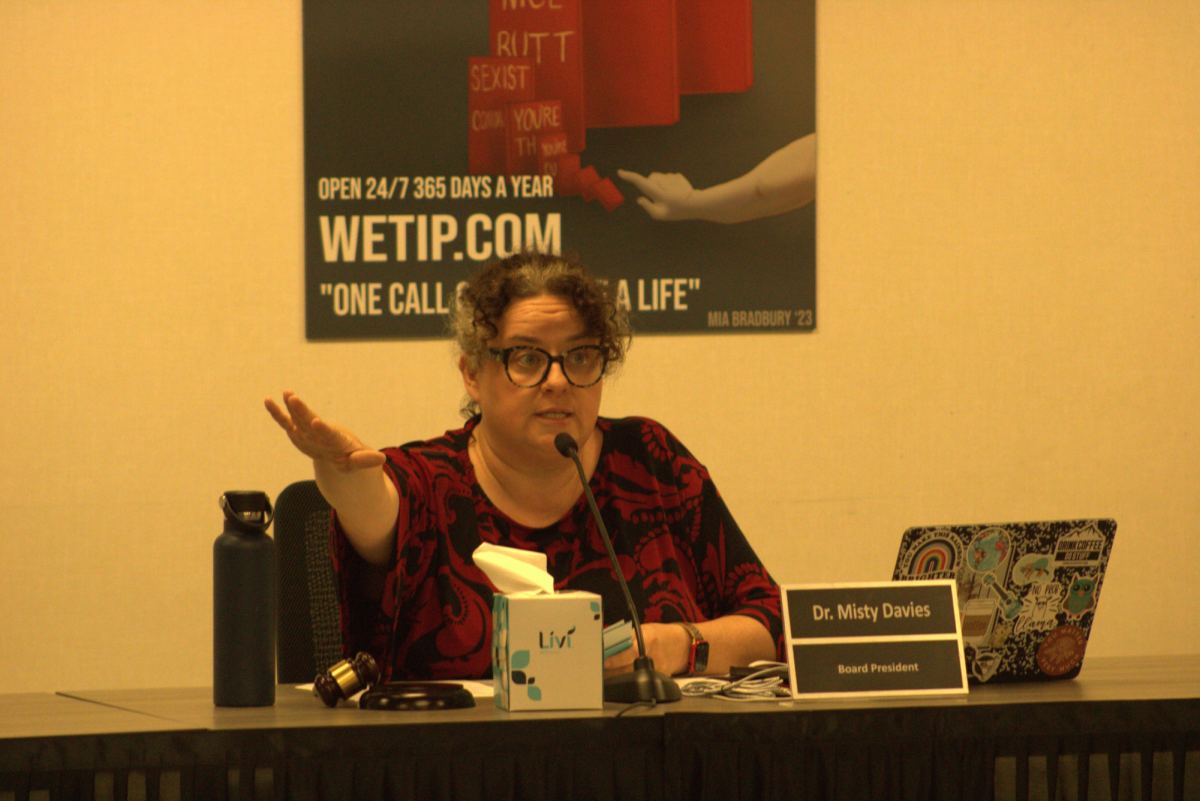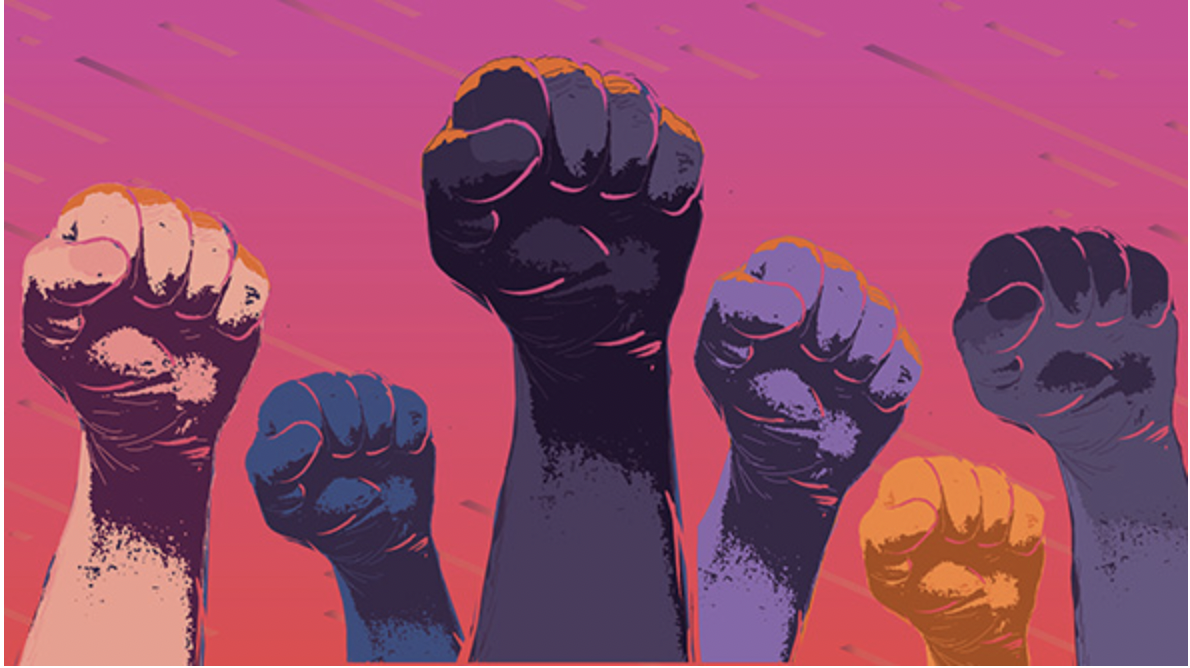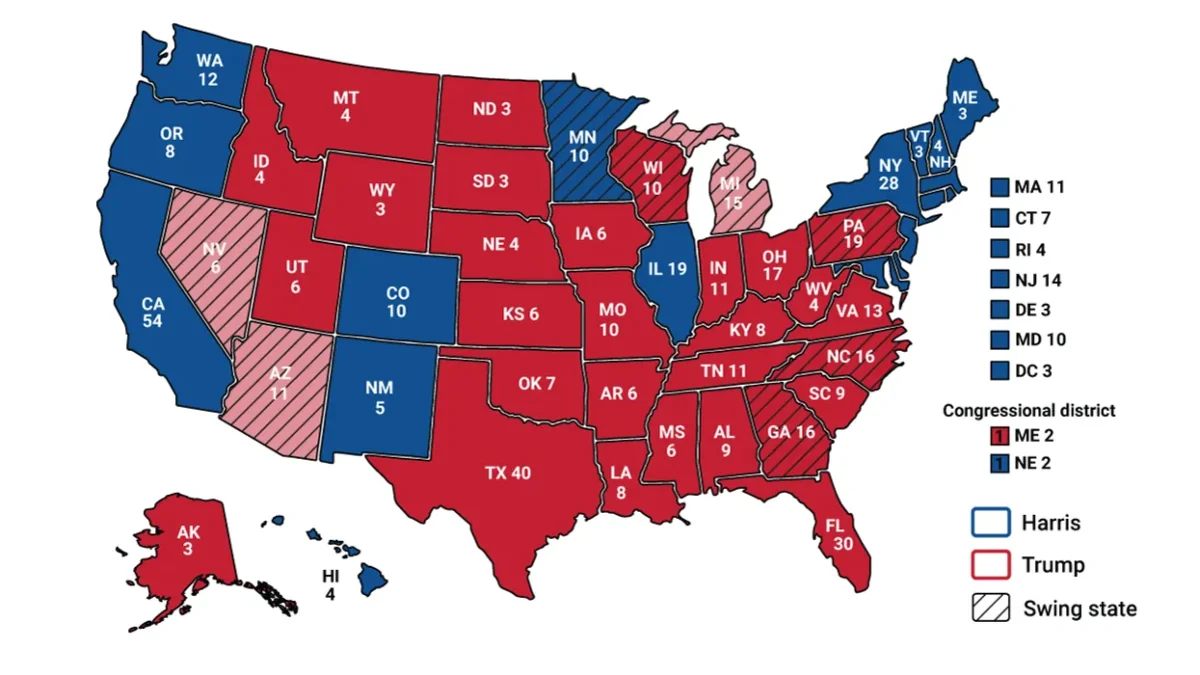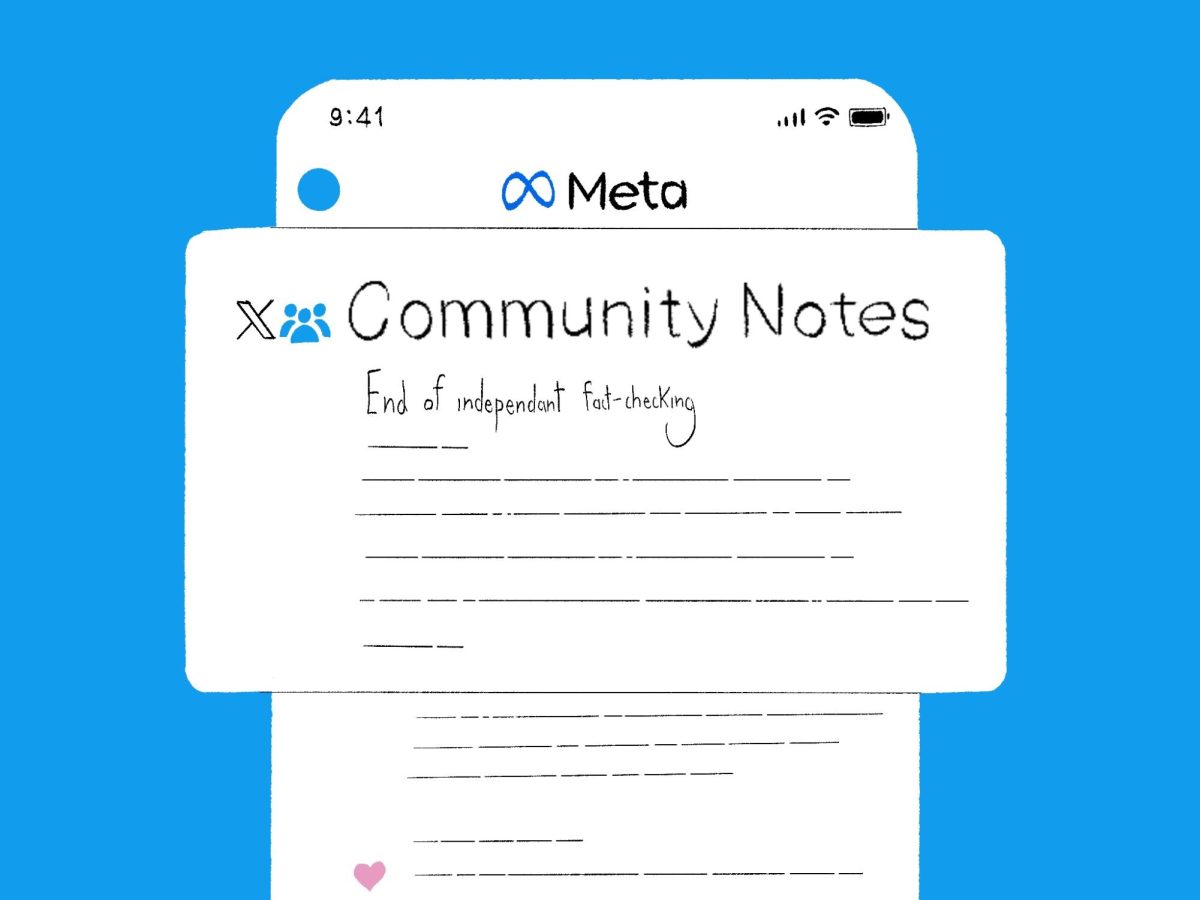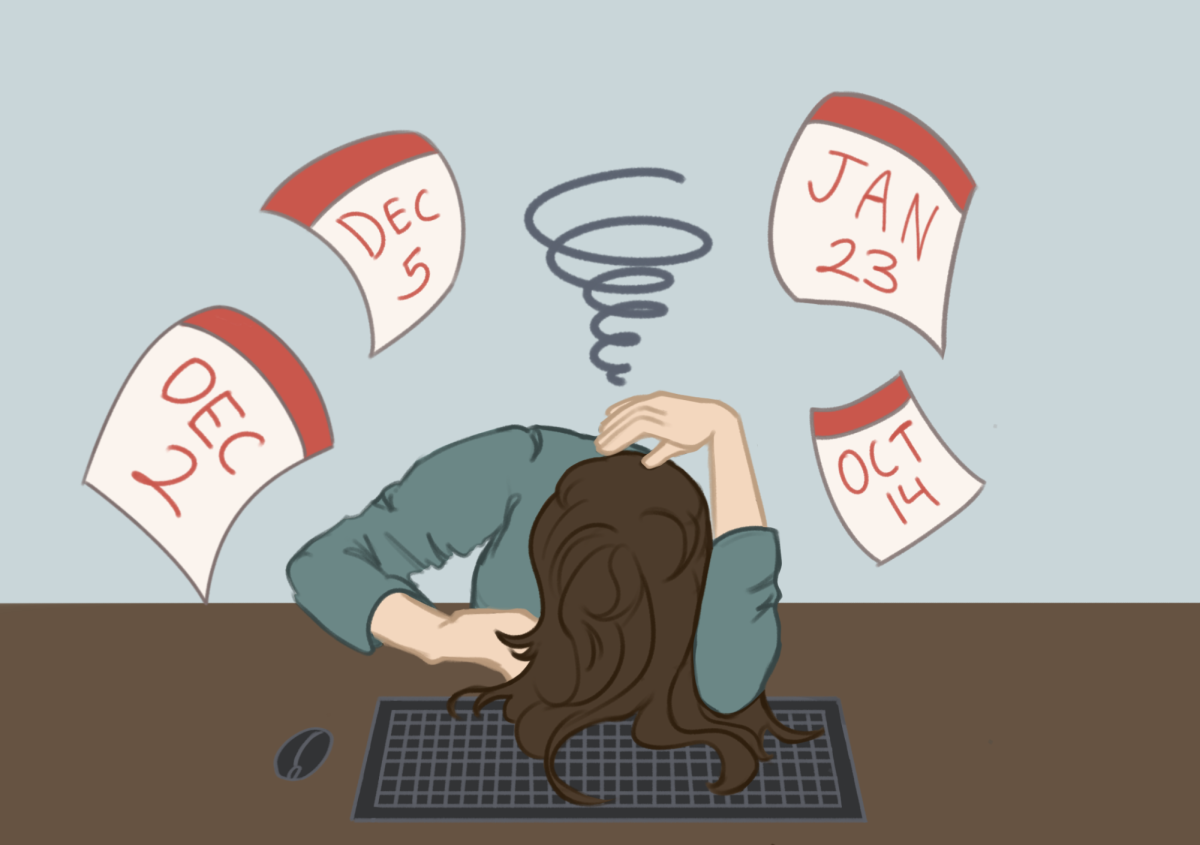The November election was a wake-up call for liberals — the U.S., it would seem, is tired of progressives and their ideas. A “red mirage” spread throughout Election Night, with Donald Trump winning all the battleground states and reversing his deficits from the 2020 election.
Republicans now hold a slight majority in both the House of Representatives (220-215) and the Senate (53-47), marking a full trifecta of power. Americans are now viewing Trump’s GOP as a way of meeting their needs over liberal ideologies, a shift aided by the massive push in right-wing media on social media platforms, such as Meta and X, promoting right-leaning propaganda.
Not long ago, liberals were seen much more favorably, with recent positive coverage peaking around 2020. At their height, movements like “Black Lives Matter” and “defund the police” captured national attention and reshaped public conversations. However, recent public sentiment has shifted, driven by concerns over crime, inflation and dissatisfaction with liberal leadership in urban areas like San Francisco.
Most Americans are facing a cost of living crisis. According to a Gallup poll taken in 2024, 41% of Americans name inflation or the high cost of living as the most important financial problem they’ve had in recent years. The last four years have been some of the most difficult times for most Americans, as inflation hit a high of 9.1% in June of 2022.
Basic essentials such as groceries and gas have been getting more difficult for families to afford. Even though the economy looks great on a macroscopic level, the working class didn’t see it that way, and as always in politics, the incumbent party suffered the consequences in November.
Crime has appeared to rise under progressive policies, and liberal movements such as calls to “defund the police” are the opposite of what most Americans seem to want. Even people of color, whom the Progressive movement takes great pains to support, are extremely divided on the subject. Forty four % of Black people oppose defunding the police, and an even larger 57% of Hispanic people oppose the controversial idea.
Progressive policies such as Proposition 47 in California, which reduced numerous crimes from felonies to misdemeanors, have increased crime rates and drug abuse greatly. In San Francisco, 640 people died of fentanyl overdoses in 2021, while only three people were convicted for dealing fentanyl. California’s property crime clearance rate fell by 3%, eventually reaching just 7% in 2022. This means a person is now only half as likely to be caught for property crime compared to 2014, encouraging them to happen now more than ever.
Aside from these beefs with the liberal agenda, social media companies such as Meta and X have also aided in slowing down the progressive movement. Although X was one of the first apps to ban president Trump’s account from their platform, its acquisition by Elon Musk in 2022 changed everything. Once a safe haven for liberals, the former Twitter is now a cesspool of conspiracies and blatant misinformation. Musk’s leadership included drastic funding cuts for content moderation, creating an environment where far-right narratives thrive.
Algorithms on both Meta and X now reinforce conservative views. According to a CNN report, misinformation campaigns have been particularly effective at instilling doubt about issues like climate change, racial justice and election integrity. This shift in the digital landscape has left progressives struggling to reclaim their influence on social media.
The 2024 election made one thing clear: Americans are shifting away from the progressive movement. Liberals need to focus on the everyday problems most Americans really care about, such as jobs, wages and affordable healthcare. Progressives need to hold onto their core values while compromising and delivering solutions that help everyone, including the average American. The left must adapt to newer concerns or risk becoming a relic of the past, overshadowed by a new wave of boundary-breaking conservatism embodied by Donald Trump.



